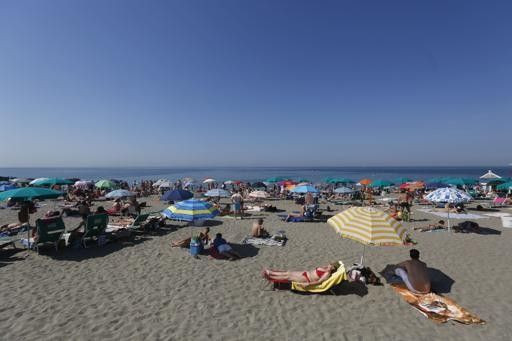Cut Down on Sunbathing: Strong Warning as Skin Cancer Takes a Deadly Leap

Indulging into too much sunbathing and making the most of indoor tanning beds should not be encouraged anymore because of a deadly 200% jump in melanoma cases since 1973, the acting U.S. surgeon general warned in a recently released report.
Based on the report intense love for sun that continues through generations should be blamed for the $8 billion spent every year in order to treat all forms of skin cancer.
“According to the report published by NBC News, Rear Adm. Boris Lushniak said state and local officials need to do more to help people cover up, such as providing more shade at parks and sporting events. Schools should encourage kids to wear hats and sunscreen and schedule outdoor activities when the sun is low in the sky. And colleges and universities should eliminate indoor tanning beds on campus much as they would prohibit tobacco use, he added.”
He explained further that tanned skin is damaged skin.
More awareness should be raised about this skin cancer as it has turned into a major public health problem.
Surprisingly as other dangerous forms of cancers such as lung cancer are decreasing, skin cancer has been on a constant rise.
Based on the data collected from the Department of Health and Human Services, 5 million people are being treated for skin cancer every year and the number of Americans suffering from skin cancer in the past three decades eclipses the number of all other forms of cancers.
Melanoma is known to cause death of 9000 patients yearly and regarded as the deadliest type of skin cancer.
According to The Melanoma Research Foundation extensive exposure to tanning beds before age 30 increases an individual’s risk of suffering from melanoma by 75 percent.
Assistant secretary for health for the Department of Health and Human Services, Howard Koh, said skin cancer prevention care should become an integral part of day to day life in America.
Physicians strongly recommend everyone to opt for a regular skin check up schedule. They also suggest applying at least 1 ounce of sunscreen with an SPF of 30 or more to exposed skin. The reapplication should be done in every two hours.
Children should be provided more protection to reduce greater risks during later part of life.





















